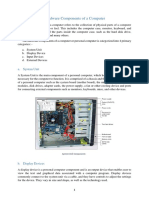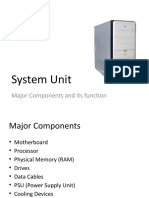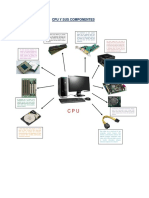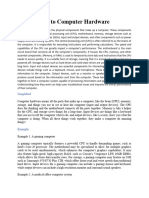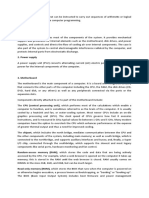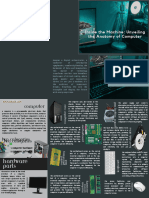0% found this document useful (0 votes)
14 views2 pagesHardware Components
Windows support assignment 2
Uploaded by
oscargtCopyright
© © All Rights Reserved
We take content rights seriously. If you suspect this is your content, claim it here.
Available Formats
Download as DOCX, PDF, TXT or read online on Scribd
0% found this document useful (0 votes)
14 views2 pagesHardware Components
Windows support assignment 2
Uploaded by
oscargtCopyright
© © All Rights Reserved
We take content rights seriously. If you suspect this is your content, claim it here.
Available Formats
Download as DOCX, PDF, TXT or read online on Scribd
/ 2

